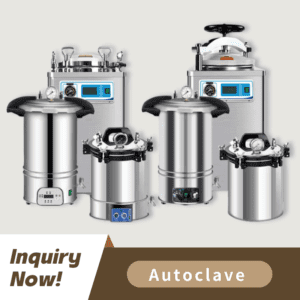
Through the application of high-pressure steam autoclaves effectively remove bacteria and viruses from medical equipment and surgical instruments as well as waste materials. Medical departments across hospitals rely on their effectiveness and adaptability to make them vital for operating rooms, laboratories and outpatient clinics.
The article examines the characteristics of hospital-grade autoclaves alongside their operational uses and maintenance procedures for best performance. Medical equipment distributors, dealers, and procurement professionals can learn about autoclaves’ vital healthcare functions through this guide.
Hospital-grade autoclaves have specialized designs to handle the intense requirements found in healthcare settings. These machines contain advanced features which maintain effective sterilization procedures and adhere to safety protocols while meeting medical compliance standards.
Hospitals need autoclaves capable of processing extensive quantities of medical instruments and materials in one load.
The chambers in these autoclaves are designed to store various medical instruments along with surgical kits, linens, and glassware.
A range of pre-set cycles lets users sterilize various materials while protecting sensitive items from damage.
High-capacity autoclaves enable multiple loads to be sterilized together which enhances operational efficiency in environments with high demand.
Operating hospital autoclaves demands strict safety measures due to the high pressure and temperature they generate.
Pressure and temperature sensors allow operators to maintain strict control over sterilization cycles through accurate monitoring.
Automatic locking mechanisms keep the chamber door sealed until the sterilization process finishes and the pressure reaches safe levels.
Built-in alarms serve to alert operators about issues including incomplete cycles and maintenance needs.
The risk of human error decreases through the implementation of touchscreen controls alongside clear instructions.
Contemporary hospital autoclaves feature designs that optimize energy consumption reduction while lessening environmental impact.
Advanced autoclave models achieve high performance standards by consuming reduced amounts of water and energy.
Certain autoclaves incorporate mechanisms that recycle steam and minimize waste which helps achieve sustainability targets.
Autoclaves serve essential functions throughout hospital departments by sterilizing medical tools and materials necessary for patient care.
Autoclaves perform sterilization tasks on surgical instruments, drapes, and other equipment within surgical settings.
Prevents infections during surgical procedures.
Autoclaves maintain a safe environment for medical workers and patients.
Autoclaves in hospital laboratories perform sterilization of surgical tools alongside culture media and biological waste materials.
Removes impurities that might disrupt the accuracy of diagnostic testing.
Safely disposes of biohazardous waste.
Outpatient clinics use autoclaves to sterilize instruments they reuse such as dental tools and endoscopes.
Supports infection control in high-traffic environments.
Allows expensive medical instruments to be safely used again.
The effective and safe operation of hospital autoclaves depends on regular maintenance. Maintaining equipment properly lengthens its operational life while ensuring adherence to medical standards.
Scheduled inspections enable early detection of problems that could cause equipment breakdowns.
Inspect the chamber and seals for any indications of leaks or structural damage.
Ensure that both pressure and temperature sensors operate correctly.
Perform a thorough examination of the door locking mechanism to detect signs of wear or malfunction.
Scheduled cleaning of autoclave chambers and components is necessary to avoid the accumulation of residue and scale.
Remove and clean trays, racks, and filters.
For effective descaling of the chamber always use cleaning agents approved by the manufacturer.
Clean both the inside and outside areas using a soft cloth.
Operators who understand typical autoclave problems will be able to resolve them swiftly thus reducing operational downtime.
Make sure to load items correctly and verify that the door is securely shut to avoid incomplete cycles.
Temperature fluctuations require inspection of sensors and heating elements to find any faults.
Inspect seals and gaskets for signs of deterioration and replace them when necessary to address water leaks.
Have certified technicians perform yearly service checks to maintain your autoclave’s maximum performance level.
Ensures compliance with regulatory standards.
Detects and fixes hidden problems that routine inspections might miss.
Autoclave machines are essential for maintaining a sterile environment in hospitals, ensuring the safety of patients and healthcare workers. With their high capacity, advanced safety features, and versatility, hospital-grade autoclaves are indispensable in operating rooms, laboratories, and outpatient clinics.
Proper maintenance and adherence to best practices are crucial for ensuring the long-term reliability and efficiency of autoclaves. By understanding their features, applications, and maintenance requirements, healthcare facilities can optimize their sterilization processes and meet the highest standards of infection control.
For more insights into sterilization equipment, check out these related articles:
If you’re looking for high-quality hospital autoclaves, Keling Medical offers a wide range of sterilization solutions tailored to healthcare facilities.
Autoclave machines are used to sterilize medical instruments, surgical tools, and waste materials, ensuring they are free from harmful microorganisms.
Autoclaves use high-pressure steam to kill bacteria, viruses, and spores. The combination of heat, pressure, and time ensures effective sterilization.
Hospital autoclaves should undergo regular cleaning, inspections, and annual professional servicing to ensure optimal performance.
Autoclaves can sterilize heat-resistant materials such as surgical instruments, glassware, and textiles. Heat-sensitive materials require alternative sterilization methods.
You can explore a variety of hospital autoclaves on Keling Medical’s website.
For more information or to inquire about our products, contact us:
Correo electrónico: inquiry@shkeling.com
WhatsApp: Haz clic para chatear
Página web: https://autoclaveequipment.com/

La esterilización es un elemento esencial de las prácticas de control de infecciones tanto en los centros sanitarios como en los laboratorios. La esterilización en autoclave mediante vapor resulta eficaz para muchas aplicaciones, pero no es óptima en los siguientes casos
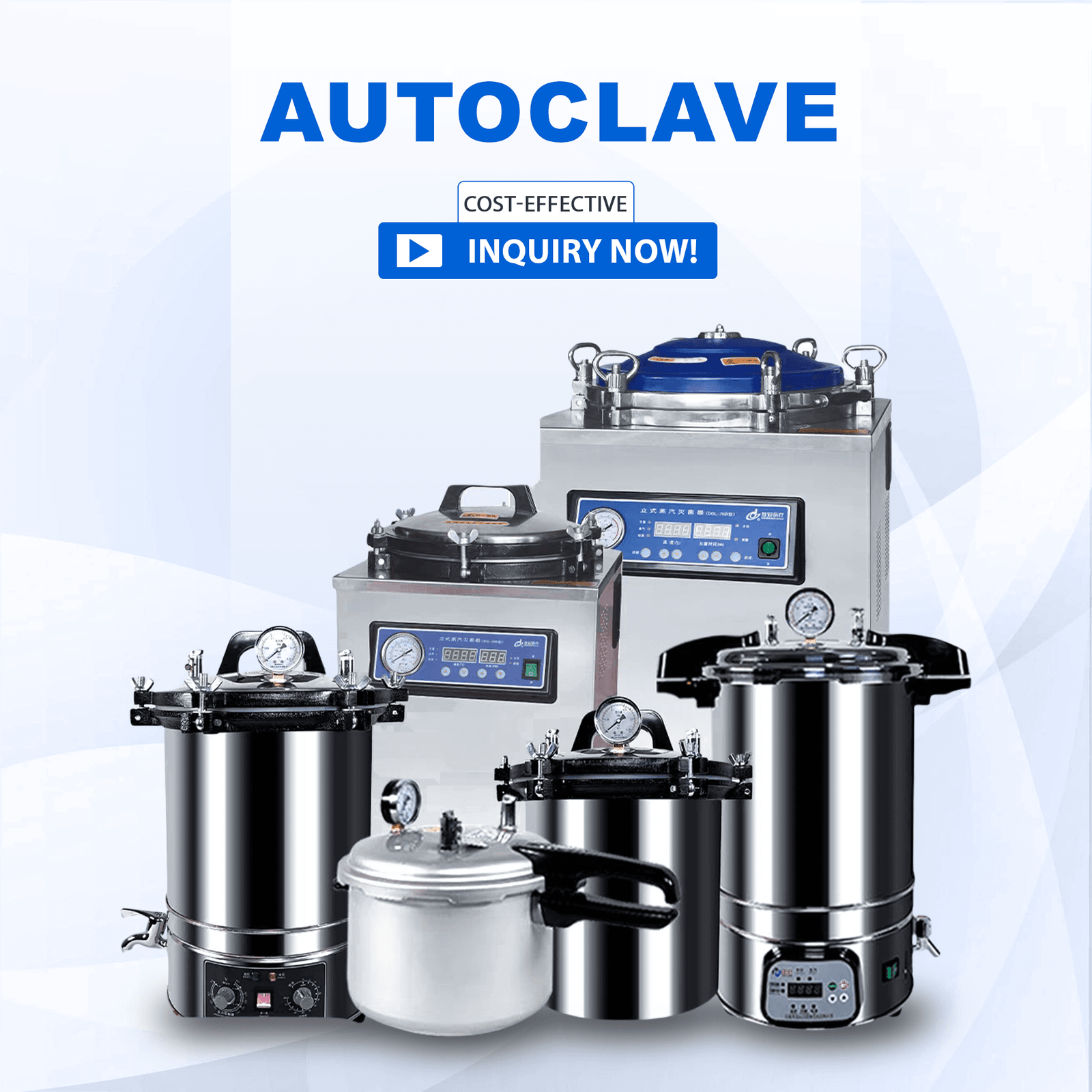
Los profesionales médicos de todo el mundo confían en los autoclaves como herramientas esenciales para garantizar la seguridad y esterilidad del instrumental médico. Los distribuidores de productos sanitarios y los especialistas en adquisiciones deben comprender los principios y las ventajas de los autoclaves

Los avances sanitarios hacen que sea esencial mantener el instrumental médico seguro y estéril en todo momento. Los distribuidores, vendedores y profesionales de la adquisición de productos sanitarios deben conocer los métodos de esterilización para operar con eficacia. En
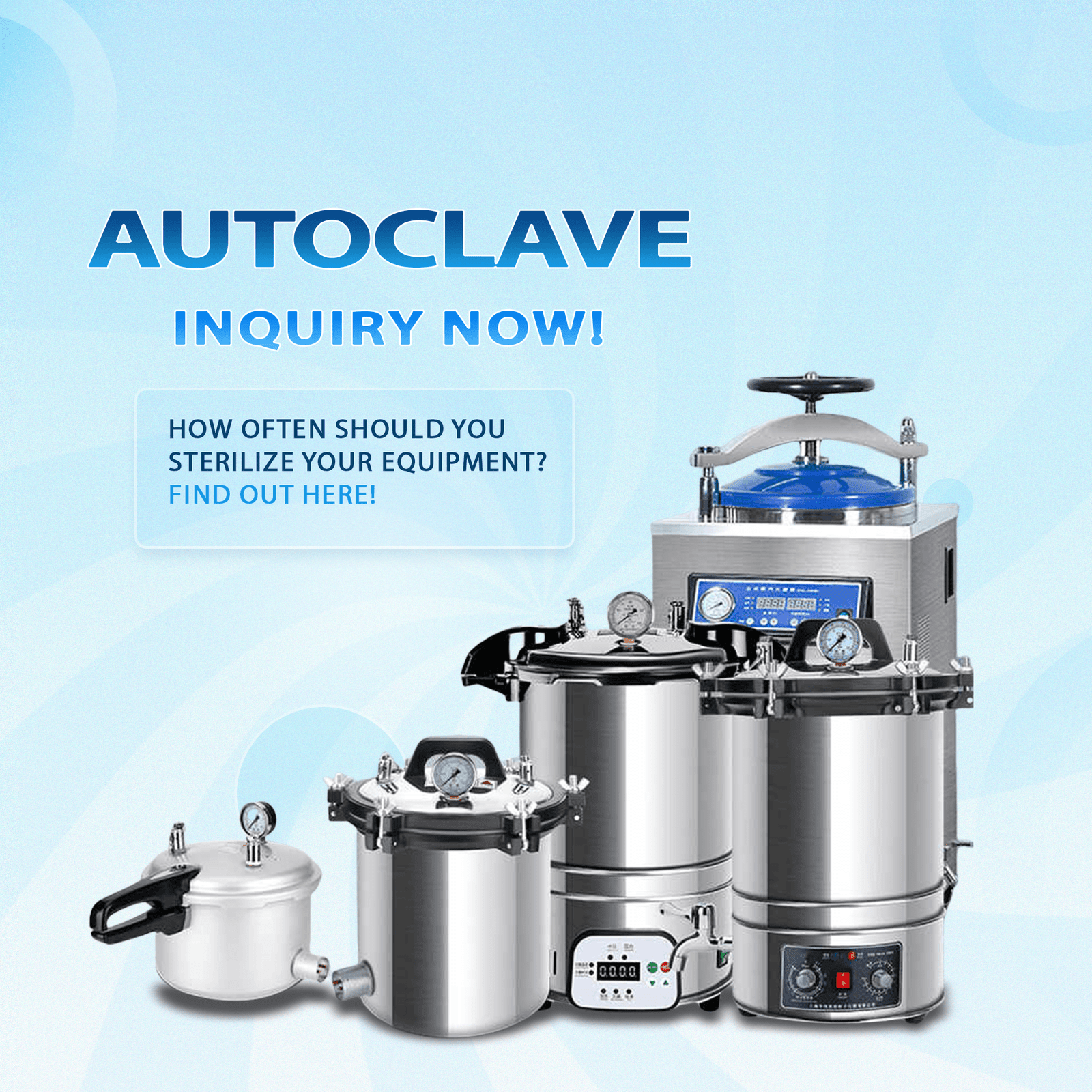
La esterilización de dispositivos e instrumentos médicos requiere autoclaves porque protegen la seguridad del paciente y facilitan el cumplimiento de las normas reglamentarias. Los sistemas de autoclave más sofisticados siguen experimentando ciertas limitaciones. Distribuidores de productos sanitarios,
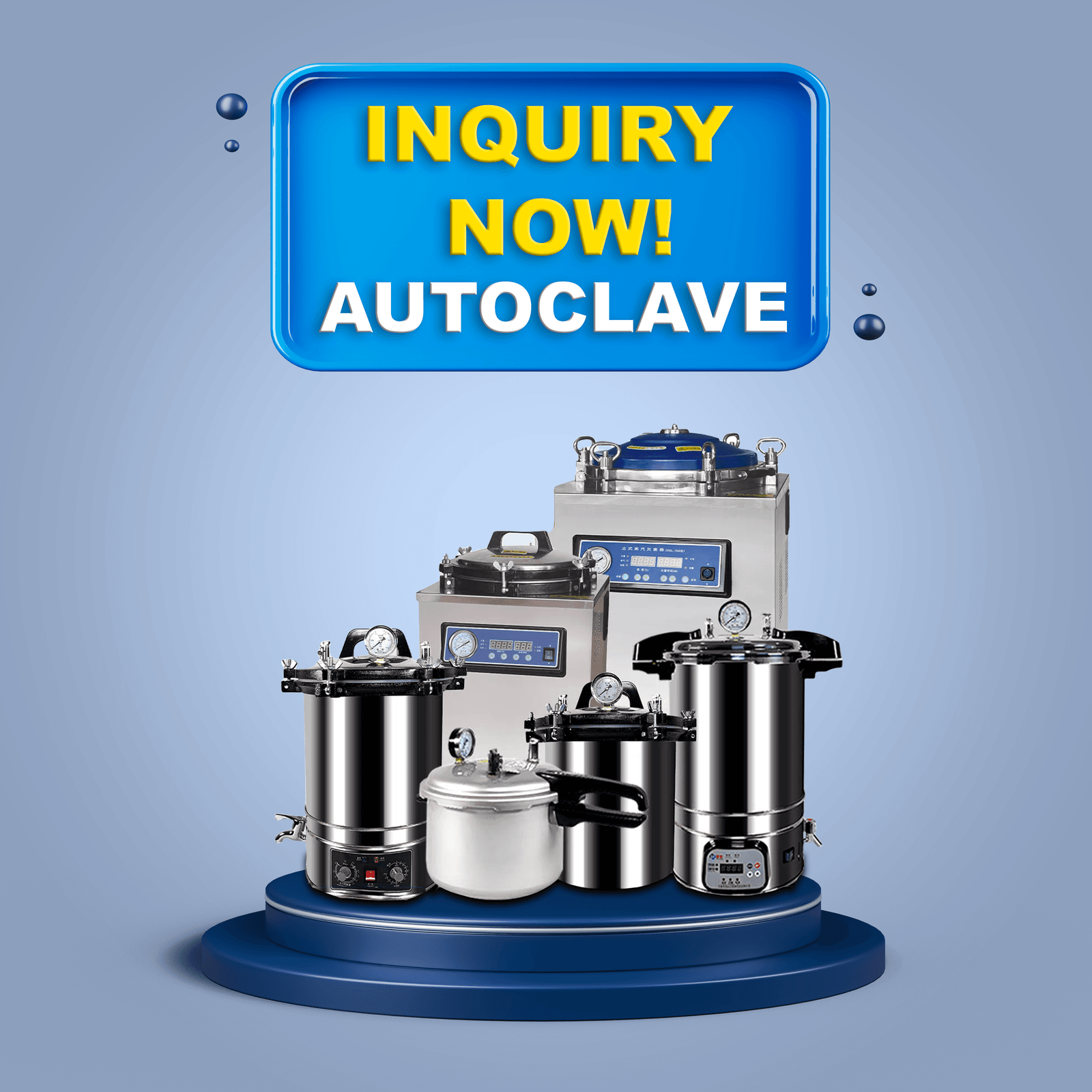
En la fabricación de dispositivos médicos, los autoclaves actúan como equipos esenciales porque proporcionan una esterilización uniforme de diversos instrumentos y materiales. Los autoclaves utilizan vapor saturado a alta presión para erradicar bacterias, virus, hongos y bacterias.
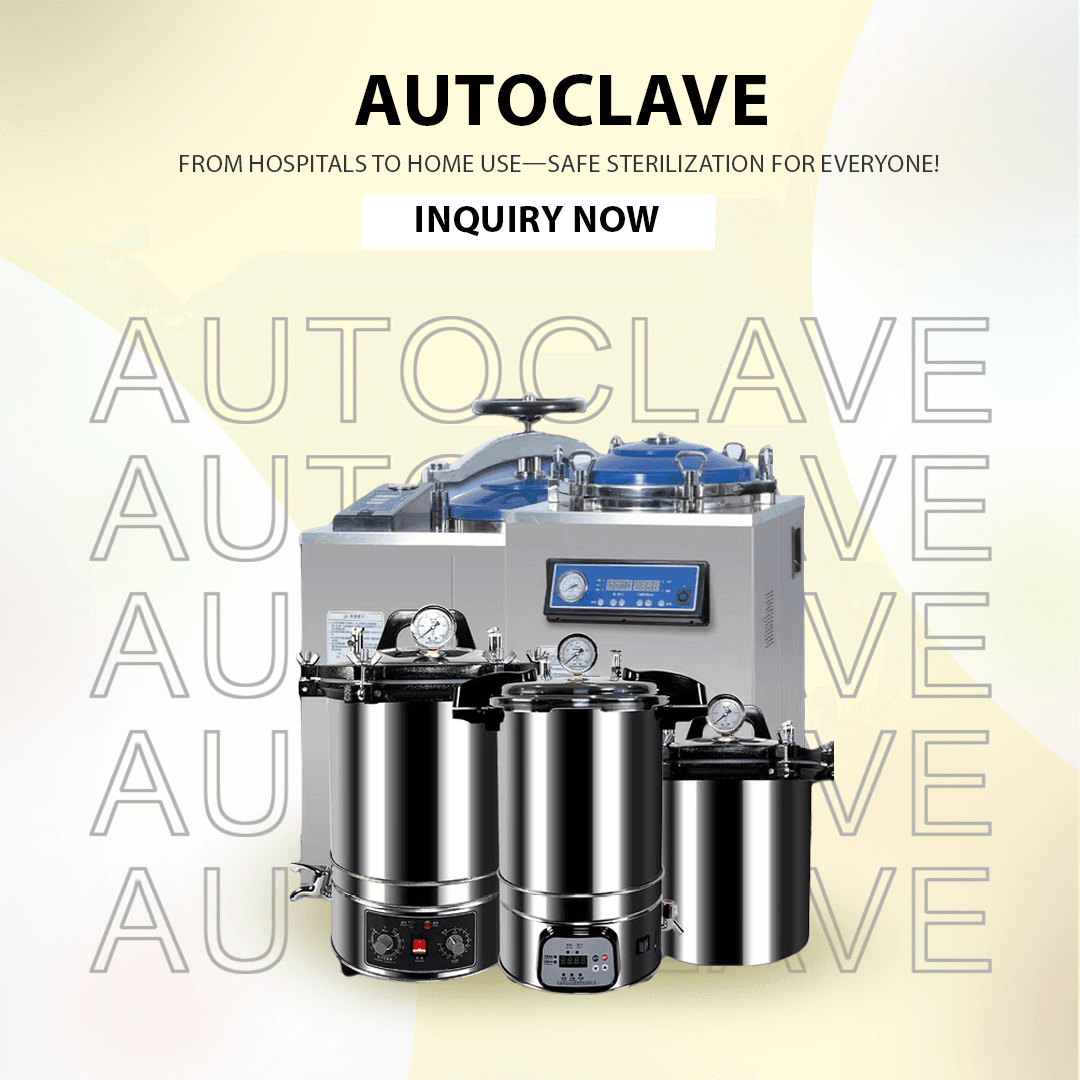
Los autoclaves son dispositivos cruciales en los entornos sanitarios y científicos, ya que esterilizan sistemáticamente instrumentos y materiales. Los distribuidores de equipos médicos, junto con los vendedores y los profesionales de compras, necesitan mantener los autoclaves en funcionamiento.